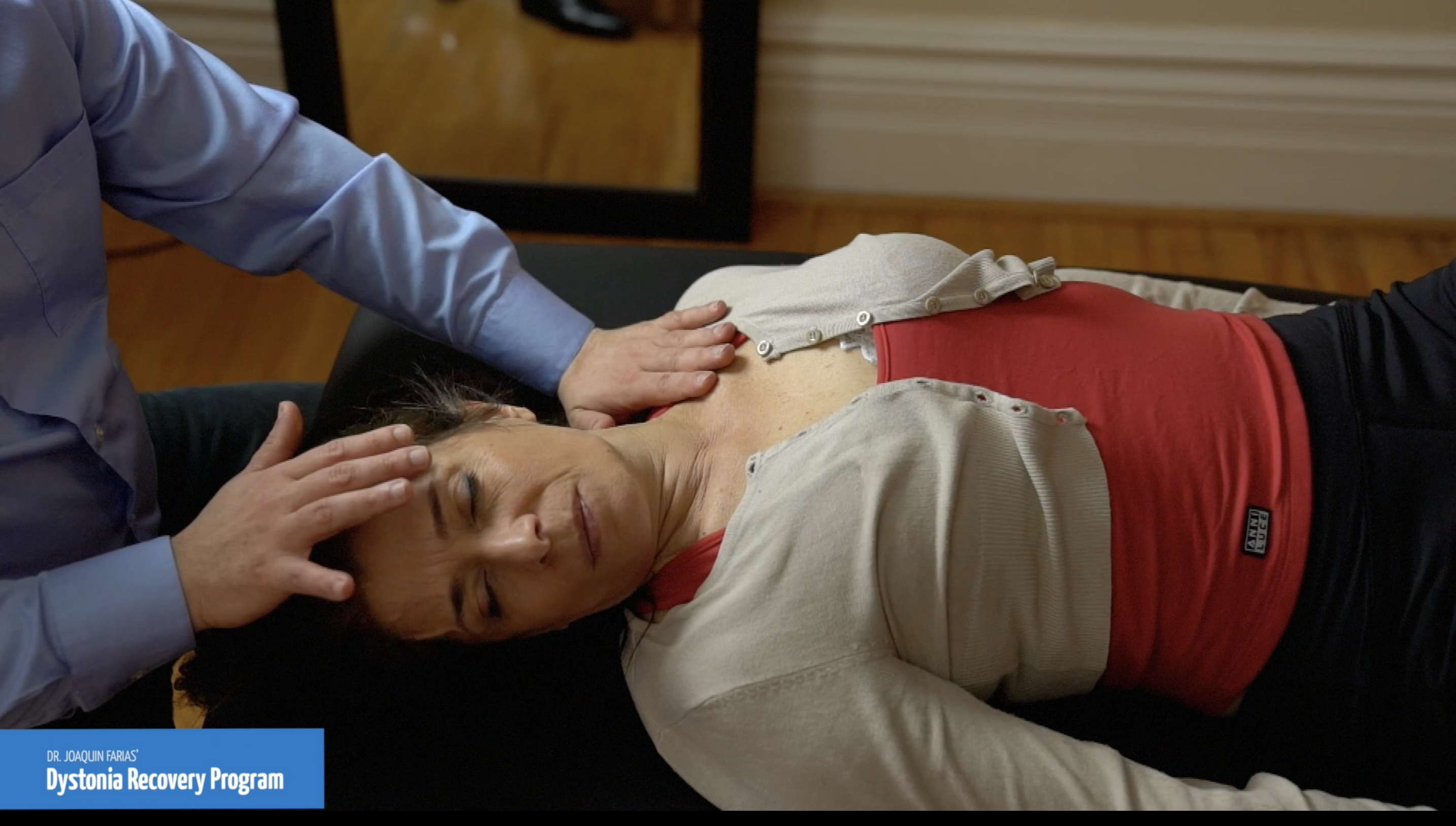Does Cervical Dystonia Causes Pain?
Cervical Dystonia (CD) is a condition marked by sustained or intermittent contractions of neck muscles, resulting in abnormal movements and twisted neck postures. This often accompanies sensations such as aching, tiredness, tightness, burning, and pulling in the neck and shoulders. Approximately 10–20% of CD patients also experience headaches.
Prevalence of Cervical Dystonia Pain
Pain in individuals treated for Cervical Dystonia, impacting between 55% and 90% of patients, is commonly characterised as a widespread, intense, shooting, or occasionally burning sensation across the neck and shoulders. This discomfort frequently extends to the side of head deviation and may reach the same-side arm. Cervical Dystonia has the highest prevalence of pain among various dystonias. Contrary to expectations, CD pain does not consistently correlate with motor symptom severity or changes in posture. It appears as if Cervical Dystonia pain maybe neurological in its origins and probably related to the lack of proper inhibition in the Nervous System of people affected by Dystonia.
Patient-Described Symptoms
Patients with CD often describe their pain as a combination of aching, tiredness, tightness, burning, and pulling sensations. The pain may extend to the face and head, impacting sleep and daily activities.
Conventional Treatment: Botulinum Toxin Injections
Conventional treatment for Cervical Dystonia pain often involves Botulinum Toxin (BoNT) injections. While these injections can improve dystonic contractions and postures for some patients, the relief is not universal, and the focus is on managing symptoms rather than addressing the underlying cause.
Alternative Treatments for Cervical Dystonia Pain
Acupuncture
Acupuncture is an alternative therapy that some individuals find beneficial for Cervical Dystonia pain. It involves inserting thin needles into specific points on the body to stimulate energy flow and promote pain relief.
Breathing Exercises
Breathing exercises, a simple yet powerful technique, can assist in managing CD pain by promoting relaxation and reducing muscle tension.
Adapted Yoga
Adapted Yoga, with its focus on gentle movements and mindfulness, is another alternative approach that individuals explore for relief from Cervical Dystonia pain.
Hypnosis
Hypnosis is a therapeutic method that some find helpful in managing pain by promoting relaxation and altering perception.
Relaxation Techniques
Various relaxation techniques, such as deep breathing and progressive muscle relaxation, can complement traditional approaches to alleviate Cervical Dystonia pain.
Dr. Farias’ Neuroplasticity-Based Neurorehabilitation
Dr. Farias’ neuroplasticity-based neurorehabilitation offers a promising avenue for individuals seeking relief from Cervical Dystonia pain. This approach involves simple movements that stimulate dormant pathways in the brain, leading to a reduction or cessation of dystonic pain.

Dr. Farias discovered that patients affected by Dystonia also suffered from a chronic activation of the sympathetic Nervous System (Dystonia is more than spasms and tremors). This Sympathetic overdrive makes the patient be in a constant state of stress what can affect the normal modulation and inhibition of pain signals. By balancing the nervous system the brain can restore its capacity to control neurological pain produced by neurons misfiring in Dystonia.
Conclusion
Understanding and managing Cervical Dystonia pain is a multifaceted journey. From conventional treatments like BoNT injections to alternative natural treatments for Cervical Dystonia; approaches such as acupuncture, breathing exercises, and yoga, individuals have various options. Dr. Farias’ neuroplasticity-based neurorehabilitation stands out as a complementary approach, offering hope to those seeking effective and sustainable relief from Cervical Dystonia pain. Stay informed, explore your options, and embark on a path toward a more comfortable and fulfilling life.
Patients’ experiences
After 6 months on the program my pain has reduced remarkably.
Lucy U.S.
I lived with daily pain in my neck and shoulder for 4 years due to my Cervical Dystonia. A year after I joined Dr. Farias’ program I live a pain-free active life. Thank you!
Rosa. Spain
Join the complete online recovery program for dystonia patients.Start your Recovery Journey Today
Recommended additional readings:
Pain in cervical dystonia: mechanisms, assessment and treatment
Pain in cervical dystonia: Evidence of abnormal inhibitory control


